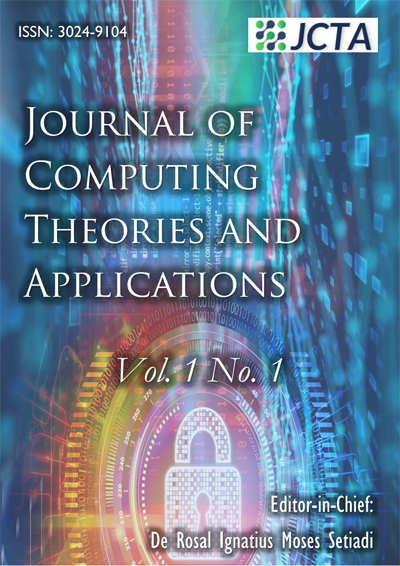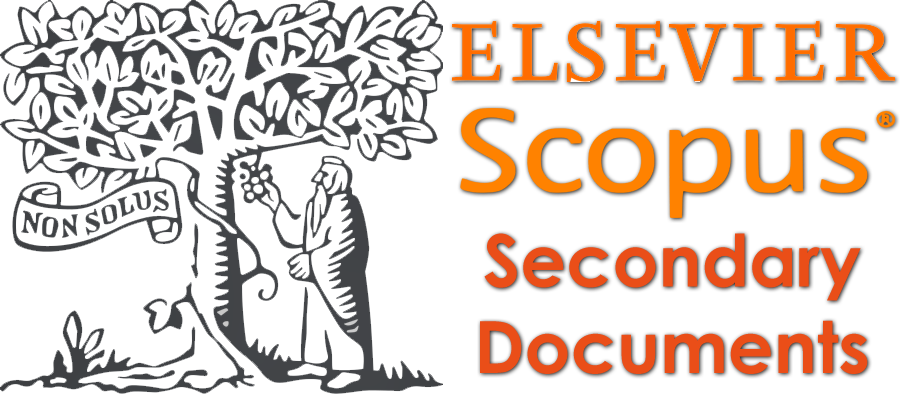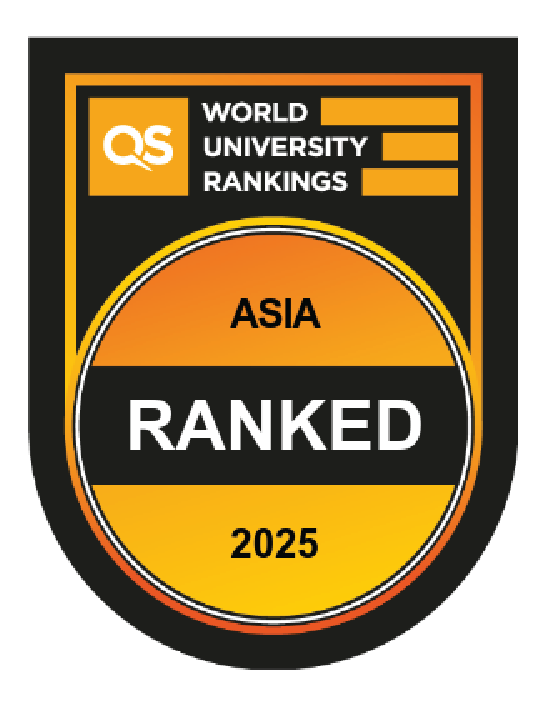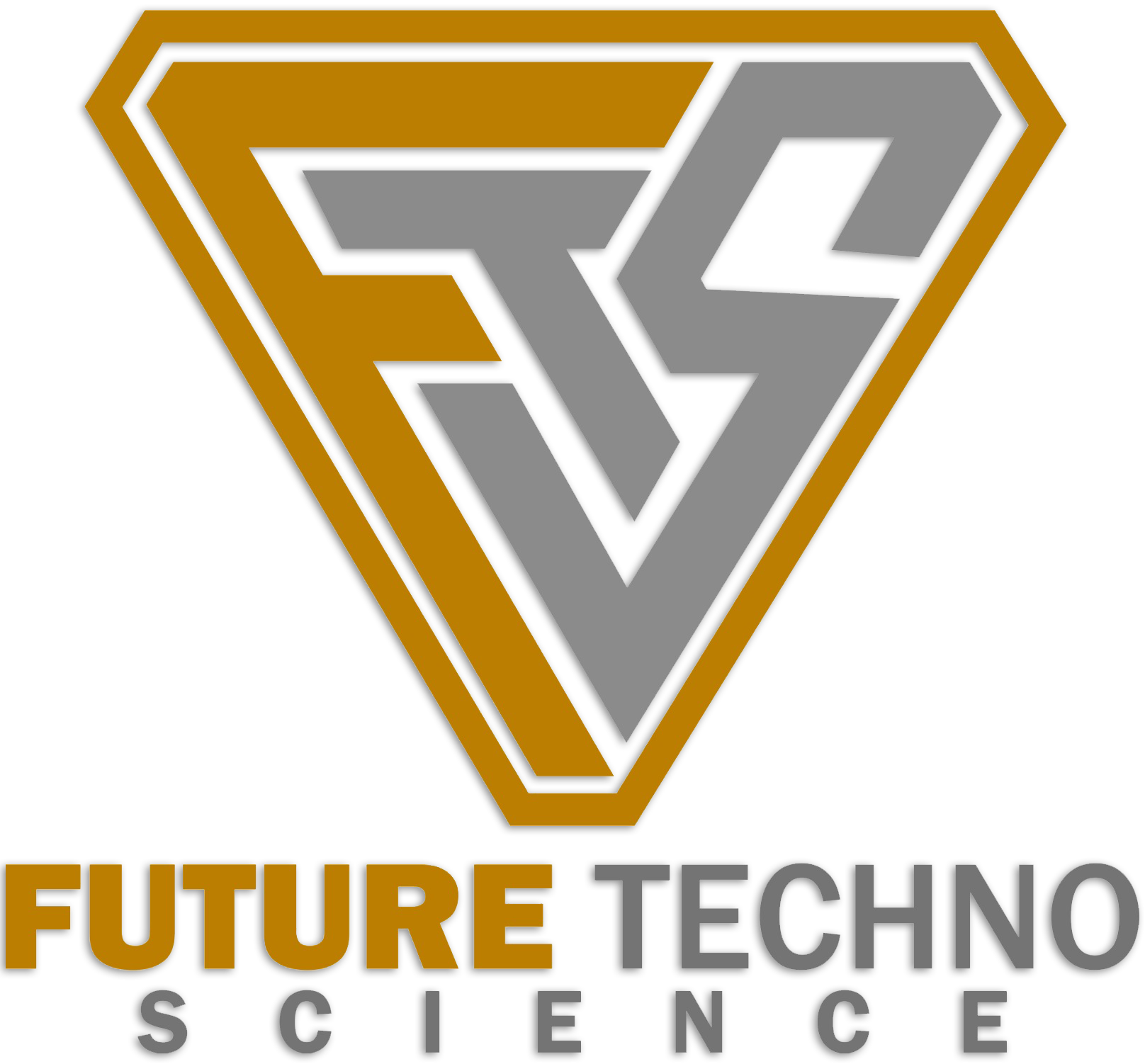Comprehensive Analysis and Classification of Skin Diseases based on Image Texture Features using K-Nearest Neighbors Algorithm
DOI:
https://doi.org/10.33633/jcta.v1i1.9185Keywords:
Comprehensive analysis of image recognition, Novel machine learning method, Image texture analysis, Skin disease detection, Skin disease recognitionAbstract
Skin is the largest organ in humans, it functions as the outermost protector of the organs inside. Therefore, the skin is often attacked by various diseases, especially cancer. Skin cancer is divided into two, namely benign and malignant. Malignant has the potential to spread and increase the risk of death. Skin cancer detection traditionally involves time-consuming laboratory tests to determine malignancy or benignity. Therefore, there is a demand for computer-assisted diagnosis through image analysis to expedite disease identification and classification. This study proposes to use the K-nearest neighbor (KNN) classifier and Gray Level Co-occurrence Matrix (GLCM) to classify these two types of skin cancer. Apart from that, the average filter is also used for preprocessing. The analysis was carried out comprehensively by carrying out 480 experiments on the ISIC dataset. Dataset variations were also carried out using random sampling techniques to test on smaller datasets, where experiments were carried out on 3297, 1649, 825, and 210 images. Several KNN parameters, namely the number of neighbors (k)=1 and distance (d)=1 to 3 were tested at angles 0, 45, 90, and 135. Maximum accuracy results were 79.24%, 79.39%, 83.63%, and 100% for respectively 3297, 1649, 825, and 210. These findings show that the KNN method is more effective in working on smaller datasets, besides that the use of the average filter also has a significant contribution in increasing the accuracy.References
M. N. Islam, J. Gallardo-Alvarado, M. Abu, N. A. Salman, S. P. Rengan, and S. Said, “Skin disease recognition using texture analysis,” in 2017 IEEE 8th Control and System Graduate Research Colloquium (ICSGRC), Aug. 2017, pp. 144–148. doi: 10.1109/ICSGRC.2017.8070584.
W. Hu, L. Fang, R. Ni, H. Zhang, and G. Pan, “Changing trends in the disease burden of non-melanoma skin cancer globally from 1990 to 2019 and its predicted level in 25 years,” BMC Cancer, vol. 22, no. 1, p. 836, Dec. 2022, doi: 10.1186/s12885-022-09940-3.
Z. Apalla, D. Nashan, R. B. Weller, and X. Castellsagué, “Skin Cancer: Epidemiology, Disease Burden, Pathophysiology, Diagnosis, and Therapeutic Approaches,” Dermatol. Ther. (Heidelb)., vol. 7, no. S1, pp. 5–19, Jan. 2017, doi: 10.1007/s13555-016-0165-y.
M. Goyal, T. Knackstedt, S. Yan, and S. Hassanpour, “Artificial intelligence-based image classification methods for diagnosis of skin cancer: Challenges and opportunities,” Comput. Biol. Med., vol. 127, p. 104065, Dec. 2020, doi: 10.1016/j.compbiomed.2020.104065.
A. G. C. Pacheco and R. A. Krohling, “Recent advances in deep learning applied to skin cancer detection,” Dec. 2019, [Online]. Available: http://arxiv.org/abs/1912.03280
T. Goswami, V. K. Dabhi, and H. B. Prajapati, “Skin Disease Classification from Image - A Survey,” pp. 599–605, 2020, doi: 10.1109/ICACCS48705.2020.9074232.
A. Afroz, R. Zia, A. O. Garcia, M. U. Khan, U. Jilani, and K. M. Ahmed, “Skin lesion classification using machine learning approach: A survey,” in 2022 Global Conference on Wireless and Optical Technologies (GCWOT), Feb. 2022, pp. 1–8. doi: 10.1109/GCWOT53057.2022.9772915.
F. Grignaffini et al., “Machine Learning Approaches for Skin Cancer Classification from Dermoscopic Images: A Systematic Review,” Algorithms, vol. 15, no. 11, p. 438, Nov. 2022, doi: 10.3390/a15110438.
D. L. Narayanan, R. N. Saladi, and J. L. Fox, “Review: Ultraviolet radiation and skin cancer,” Int. J. Dermatol., vol. 49, no. 9, pp. 978–986, Aug. 2010, doi: 10.1111/j.1365-4632.2010.04474.x.
M. R. Hasan, M. I. Fatemi, M. Monirujjaman Khan, M. Kaur, and A. Zaguia, “Comparative Analysis of Skin Cancer (Benign vs. Malignant) Detection Using Convolutional Neural Networks,” J. Healthc. Eng., vol. 2021, pp. 1–17, Dec. 2021, doi: 10.1155/2021/5895156.
M. A. Al-masni, M. A. Al-antari, M.-T. Choi, S.-M. Han, and T.-S. Kim, “Skin lesion segmentation in dermoscopy images via deep full resolution convolutional networks,” Comput. Methods Programs Biomed., vol. 162, pp. 221–231, Aug. 2018, doi: 10.1016/j.cmpb.2018.05.027.
A. Zafar and A. Iqbal, “Application of soft computing techniques in machine reading of Quranic Kufic manuscripts,” J. King Saud Univ. - Comput. Inf. Sci., Apr. 2020, doi: 10.1016/j.jksuci.2020.04.017.
M. Dildar et al., “Skin Cancer Detection: A Review Using Deep Learning Techniques,” Int. J. Environ. Res. Public Health, vol. 18, no. 10, p. 5479, May 2021, doi: 10.3390/ijerph18105479.
A. Ameri, “A Deep Learning Approach to Skin Cancer Detection in Dermoscopy Images,” J. Biomed. Phys. Eng., vol. 10, no. 6, Dec. 2020, doi: 10.31661/jbpe.v0i0.2004-1107.
M. S. Sunarjo, H. Gan, and D. R. I. M. Setiadi, “High-Performance Convolutional Neural Network Model to Identify COVID-19 in Medical Images,” J. Comput. Theor. Appl., vol. 1, no. 1, pp. 19–30, Aug. 2023, doi: 10.33633/jcta.v1i1.8936.
S. B. Imanulloh, A. R. Muslikh, and D. R. I. M. Setiadi, “Plant Diseases Classification based Leaves Image using Convolutional Neural Network,” J. Comput. Theor. Appl., vol. 1, no. 1, pp. 1–10, Aug. 2023, doi: 10.33633/jcta.v1i1.8877.
J. Sun et al., “Machine Learning Methods in Skin Disease Recognition: A Systematic Review,” Processes, vol. 11, no. 4, p. 1003, Mar. 2023, doi: 10.3390/pr11041003.
M. A. Kassem, K. M. Hosny, R. Damaševi?ius, and M. M. Eltoukhy, “Machine Learning and Deep Learning Methods for Skin Lesion Classification and Diagnosis: A Systematic Review,” Diagnostics, vol. 11, no. 8, p. 1390, Jul. 2021, doi: 10.3390/diagnostics11081390.
O. K. Pal, “Skin Disease Classification: A Comparative Analysis of K-Nearest Neighbors (KNN) and Random Forest Algorithm,” in 2021 International Conference on Electronics, Communications and Information Technology (ICECIT), Sep. 2021, pp. 1–5. doi: 10.1109/ICECIT54077.2021.9641120.
A. Nosseir and M. A. Shawky, “Automatic Classifier for Skin Disease Using k-NN and SVM,” in Proceedings of the 2019 8th International Conference on Software and Information Engineering, Apr. 2019, pp. 259–262. doi: 10.1145/3328833.3328862.
C. Barata, M. Ruela, M. Francisco, T. Mendonca, and J. S. Marques, “Two Systems for the Detection of Melanomas in Dermoscopy Images Using Texture and Color Features,” IEEE Syst. J., vol. 8, no. 3, pp. 965–979, Sep. 2014, doi: 10.1109/JSYST.2013.2271540.
W. Songpan, “Improved Skin Lesion Image Classification Using Clustering with Local-GLCM Normalization,” in 2018 2nd European Conference on Electrical Engineering and Computer Science (EECS), Dec. 2018, pp. 206–210. doi: 10.1109/EECS.2018.00046.
P. M. Arabi, G. Joshi, and N. Vamsha Deepa, “Performance evaluation of GLCM and pixel intensity matrix for skin texture analysis,” Perspect. Sci., vol. 8, pp. 203–206, Sep. 2016, doi: 10.1016/j.pisc.2016.03.018.
D. Fajri Riesaputri, C. Atika Sari, I. M. S. De Rosal, and E. Hari Rachmawanto, “Classification of Breast Cancer using PNN Classifier based on GLCM Feature Extraction and GMM Segmentation,” in 2020 International Seminar on Application for Technology of Information and Communication (iSemantic), Sep. 2020, pp. 83–87. doi: 10.1109/iSemantic50169.2020.9234207.
C. Irawan, W. Listyaningsih, D. R. I. M. Setiadi, C. Atika Sari, and E. Hari Rachmawanto, “CBIR for Herbs Root Using Color Histogram and GLCM Based on K-Nearest Neighbor,” in Proceedings - 2018 International Seminar on Application for Technology of Information and Communication: Creative Technology for Human Life, iSemantic 2018, Nov. 2018, pp. 509–514. doi: 10.1109/ISEMANTIC.2018.8549779.
I. U. W. Mulyono et al., “Parijoto Fruits Classification using K-Nearest Neighbor Based on Gray Level Co-Occurrence Matrix Texture Extraction,” J. Phys. Conf. Ser., vol. 1501, no. 1, p. 012017, Mar. 2020, doi: 10.1088/1742-6596/1501/1/012017.
E. H. Rachmawanto et al., “Eggs Classification based on Egg Shell Image using K-Nearest Neighbors Classifier,” in 2020 International Seminar on Application for Technology of Information and Communication (iSemantic), Sep. 2020, pp. 50–54. doi: 10.1109/iSemantic50169.2020.9234305.
M. Q. Hatem, “Skin lesion classification system using a K-nearest neighbor algorithm,” Vis. Comput. Ind. Biomed. Art, vol. 5, no. 1, p. 7, Dec. 2022, doi: 10.1186/s42492-022-00103-6.
H. S. Kusumastuti Aji Putri, C. Atika Sari, D. R. I. M. Setiadi, and E. H. Rachmawanto, “Classification of Skin Diseases Types using Naïve Bayes Classifier based on Local Binary Pattern Features,” in 2020 International Seminar on Application for Technology of Information and Communication (iSemantic), Sep. 2020, pp. 61–66. doi: 10.1109/iSemantic50169.2020.9234273.
A. Ajith, V. Goel, P. Vazirani, and M. M. Roja, “Digital dermatology: Skin disease detection model using image processing,” in 2017 International Conference on Intelligent Computing and Control Systems (ICICCS), Jun. 2017, pp. 168–173. doi: 10.1109/ICCONS.2017.8250703.
A. C. Müller and S. Guido, Introduction to Machine Learning with Python: A Guide for Data Scientists, 1st ed. O’Reilly Media, Inc, 2016.
C. Irawan, E. N. Ardyastiti, D. R. I. M. Setiadi, E. H. Rachmawanto, and C. A. Sari, “A Survey: Effect of the Number of GLCM Features on Classification Accuracy of Lasem Batik Images using K-Nearest Neighbor,” in International Seminar on Research of Information Technology and Intelligent Systems, Nov. 2018, pp. 33–38. doi: 10.1109/ISRITI.2018.8864443.
Downloads
Published
How to Cite
Issue
Section
License
Copyright (c) 2023 Mamet Adil Araaf, Kristiawan Nugroho, De Rosal Ignatius Moses Setiadi

This work is licensed under a Creative Commons Attribution 4.0 International License.















